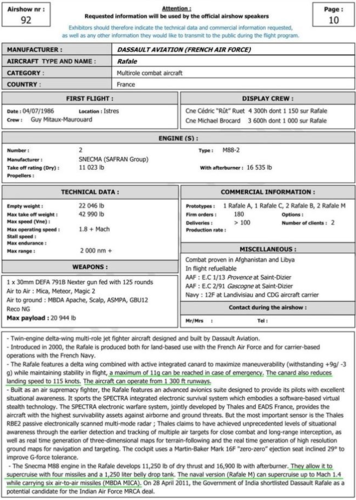As F-35s criss-cross enemy airspace, they also will automatically collect vast amounts of data about the disposition of enemy forces. They will, much like the JSTARS, collect ground moving target imagery and pass the data through electronic links to the entire force. This means the F-35 will be able to silently and stealthily transmit information and instructions to dispersed forces, in the air and on the ground.
Because it was designed to maneuver to the edge of its envelope with a full internal combat load, the F-35 will be able to run rings around most other fighters, but it probably won’t have to—and probably shouldn’t.
"If you value a loss/exchange ratio of better than one-to-one, you need to stay away from each other," said O’Bryan, meaning that the fighter pilot who hopes to survive needs to keep his distance from the enemy.
He noted that, in a close-turning dogfight with modern missiles, even a 1960s-era fighter such as the F-4 can get into a "mutual kill scenario" at close range with a fourth generation fighter. That’s why the F-35 was provided with the ability to fuse sensor information from many sources, triangulating with other F-35s to locate, identify, and fire on enemy aircraft before they are able to shoot back.
The F-35’s systems will even allow it to shoot at a target "almost when that airplane is behind you," thanks to its 360-degree sensors.
According to O’Bryan, the F-35 also can interrogate a target to its rear, an ability possessed by no other fighter.
If you survive a modern dogfight, O’Bryan claimed, "it’s based on the countermeasures you have, not on your ability to turn."
If the situation demands a turning dogfight, however, the F-35 evidently will be able to hold its own with any fighter. That is a reflection on the fighter’s agility. What’s more, a potential future upgrade foresees the F-35 increasing its air-to-air missile loadout from its current four AIM-120 AMRAAMs to six of those weapons.

